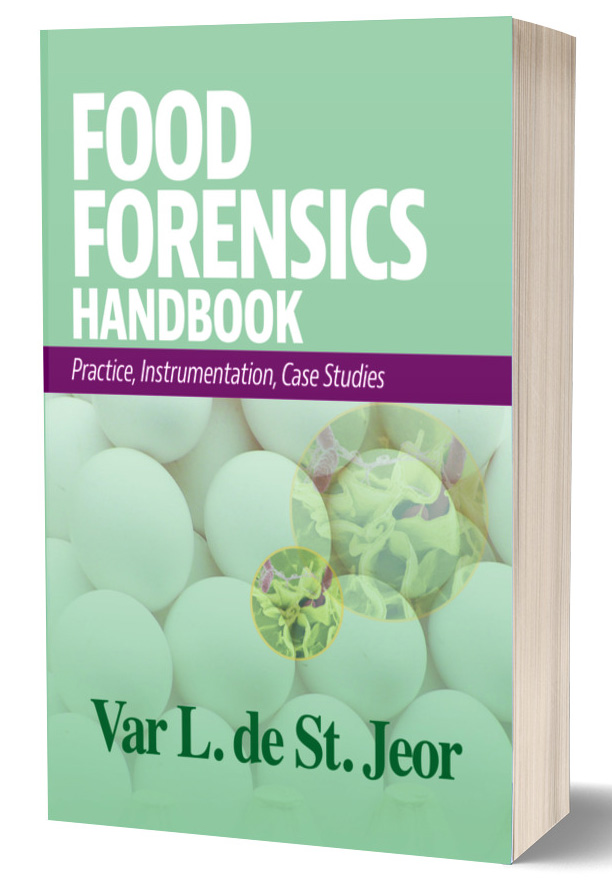3D-Printed Sensor in Development Can Detect Foodborne Pathogens at Low Levels Using Light

Image credit: zmorph3d via Unsplash
Researchers from Guangdong University of Technology and Pudong New District People's Hospital in China have developed a 3D-printed, microfluidic chip sensor that uses light to rapidly detect foodborne pathogens.
The chip is divided into four parts, each of which is designed to detect a specific foodborne pathogen, enabling the simultaneous detection of several microbes. If one of the programmed pathogens are present, it will bind to the detection surface of the chip, which will change its optical properties. The method is able to quickly and effectively detect several significant foodborne pathogens—like Escherichia coli, Salmonella, Listeria monocytogenes, and Staphylococcus aureus—even at low concentrations. This detection is based on observing optical signal shifts corresponding to the concentrations of the different foodborne pathogens.
More specifically, the 3D-printed chip hosts an array of optical adaptamer-based sensors with a 3D stop-valve mechanism, which facilitates the automatic flow of food samples into the chip for detection purposes. Adaptamers are molecules of artificial single-stranded DNA, RNA, or peptides that bind other target molecules. The adaptamers are integrated into anodic alumina oxide (AAO) which makes up the chip, and which has unique optical and electrochemical properties that can be utilized to convert binding events into measurable signals. The nanoporous structure of AAO also facilitates rapid diffusion of analytes, speeding up reaction kinetics and reducing detection times.
When tested against a series of concentrations of S. aureus, Salmonella typhimurium, L. monocytogenes, and E. coli in a buffer solution, the sensor was able to detect the pathogens at levels as low as 10 colony forming units per milliliter (CFU/ml). The optical sensor could also easily detect foodborne pathogens above 100 CFU/ml.
Overall, the researchers are confident in the sensitivity and specificity of their sensor. Being 3D-printed, the chip could be reproduced easily and cost-effectively. The researchers plan to continue developing the device to optimize it for real-world foodborne pathogen detection.
Looking for a reprint of this article?
From high-res PDFs to custom plaques, order your copy today!









